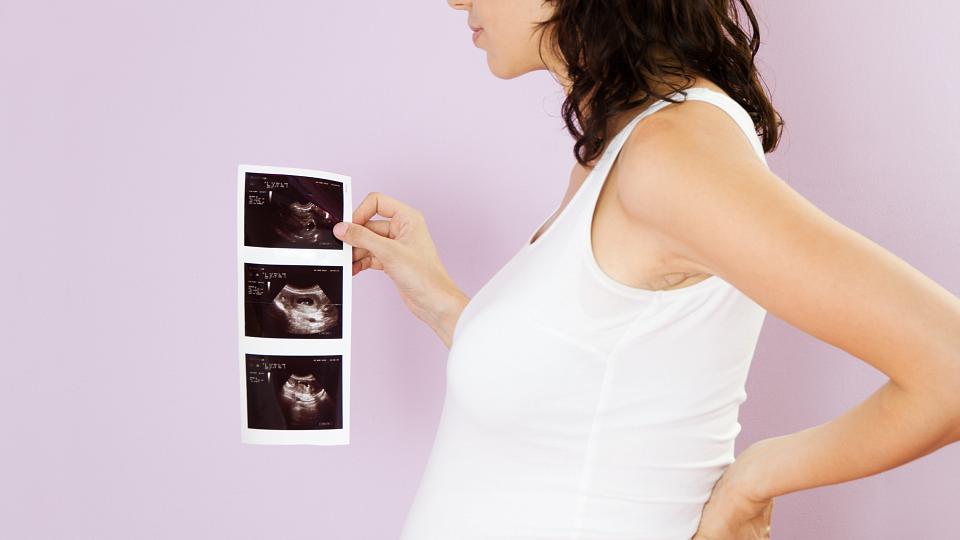What Is Preeclampsia?
Preeclampsia is a syndrome that’s unique to pregnancy. It’s not a disease but rather a collection of diseases, which is why it’s difficult to pinpoint why it happens. While the features of the syndrome are well known, there’s no known reason why some people get it and others don’t.
It affects up to 10 percent of pregnant women and typically begins during the second or third trimester. If you had a normal first pregnancy, your risk of having preeclampsia in the next pregnancy is much lower—but not completely unlikely.
What Causes Preeclampsia?
Researchers have good reason to believe the placenta plays a prominent role in preeclampsia. The placenta provides oxygen and nutrients to your growing baby and removes waste products from your baby's blood.
Doctors don’t know why, but sometimes the placenta will release certain proteins that can cause changes to your blood vessels, and cause your kidneys to leak proteins. This leads to protein in your urine, which is one of the features of preeclampsia.
Preeclampsia With Twins
If you’re pregnant with more than one baby you have a greater chance of developing preeclampsia because your body is carrying multiple placentas, which automatically multiplies the odds that at least one of those placentas might malfunction.
Other Risk Factors
Preeclampsia is linked to additional factors, and you might be more at risk to develop the syndrome if:
- You had preeclampsia during a previous pregnancy.
- You have a family history of preeclampsia.
- You have high blood pressure, chronic kidney disease, or both.
- You conceived using in vitro fertilization.
- You have type 1 or type 2 diabetes.
- You’re obese.
- You’re under 20.
- You’re over 40.
Preeclampsia can damage your kidneys, liver, and brain. It can also lead to preterm birth, stillbirth, organ failure, or stroke. In severe cases, preeclampsia can develop into eclampsia, which includes seizures.
About 10 percent to 20 percent of women who have severe preeclampsia develop HELLP syndrome, which requires emergency treatment.
In rare cases, preeclampsia can be fatal for you and/or your baby. That’s why it’s so important to learn about the early signs and symptoms, and to talk with your doctor about your treatment options.
Signs of Preeclampsia
One of the most common signs of preeclampsia is high blood pressure, which can either rise slowly or spike without warning. It can happen to anyone—even women who are very fit and who never had blood pressure problems before getting pregnant.
The good news: Doctors are vigilant about monitoring blood pressure during prenatal visits and can quickly spot unusual changes to your levels. (A normal blood pressure reading is 120/80 mm. Anything above 140/90 mmHg is considered abnormal.)
You can also keep track of your blood pressure at home with a home blood pressure monitor. Learn more about how to monitor your blood pressure.
Other Preeclampsia Symptoms
However, it’s possible to have high blood pressure and not develop preeclampsia. It’s confusing, so be sure to watch for other preeclampsia symptoms, including:
- Sudden weight gain and swelling;
- Changes in vision including blurred vision, light sensitivity or temporary vision loss;
- Severe headaches;
- Nausea or vomiting;
- Shortness of breath.
Many of these symptoms are also fairly common among pregnant women who don’t have preeclampsia, so listen to your body and tell your doctor when you think something’s wrong.
Don’t worry about asking too many questions. It’s their job to help you, even when all you need is peace of mind.
Preeclampsia Treatment
The only cure for preeclampsia is delivery of the baby and placenta.
If your preeclampsia is not severe, your doctor will closely monitor you throughout your pregnancy to check on your health, your baby’s heart rate and growth, and how the placenta is functioning. They might also recommend home blood pressure monitoring.
If you develop high blood pressure that doesn’t respond to medications, liver or kidney problems, you might be at risk for long term health problems and your doctor might recommend delivery—even if it’s before 34 weeks. It’s preferable to deliver a preterm baby that they can treat rather than endanger your life (or quality of life).
In some cases, you can manage preeclampsia with medications to lower blood pressure if there aren’t other abnormalities of your kidney or liver function and if your platelet count remains normal.
Find an OB/GYN
Laura Anderson, CNM
Maternal-Fetal MedicineJanice L. B. Byrne, MD
Maternal-Fetal MedicineDonna S. Dizon-Townson, MD
Maternal-Fetal MedicineM. Sean Esplin, MD
Maternal-Fetal MedicineLillian H. Goodman, MD, MPH
Maternal-Fetal MedicineLaurie B. Griffin, MD, PhD
Maternal-Fetal MedicineIbrahim A. Hammad, MD
Maternal-Fetal MedicineCara C. Heuser, MD
Maternal-Fetal MedicineNatalie Johnson, AuD
Maternal-Fetal MedicineJoseph R. Mims Jr., MD
Maternal-Fetal MedicineMartha Monson, MD, MSCI
Maternal-Fetal MedicineLauren M. Murphy, MD
Maternal-Fetal MedicineJessica M. Page, MD
Maternal-Fetal MedicineT. Flint Porter, MD
Maternal-Fetal MedicineSara E. Post, MD
Maternal-Fetal MedicineDouglas S. Richards, MD
Maternal-Fetal MedicineHannah R. Sammons, CNM
Maternal-Fetal MedicineRosa J. Speranza, MD, MSCI
Maternal-Fetal Medicine
Postpartum Preeclampsia
Preeclampsia symptoms usually go away within six weeks of delivery. However, some women develop postpartum preeclampsia so if you experience any signs of preeclampsia after birth, don’t hesitate to talk to your doctor.
Resources & Programs for Parents-to-Be
Early Pregnancy Assessment Clinic
The first trimester can be an exciting, confusing, and overwhelming experience. Our Early Pregnancy Care team providers offer comprehensive, non-judgmental early pregnancy care.
Utah Pregnancy After Loss Program
The Utah Pregnancy After Loss Program is designed specifically to support families after a pregnancy loss, newborn death, or severely complicated pregnancy.
UPWARD: Utah Peripartum Pelvic Floor Wellness and Recovery After Delivery Program
Many pregnant mothers have pelvic floor symptoms before and up to 12 months following birth. UPWARD offers expert care to women experiencing pelvic floor issues during a vulnerable time.
SUPeRAD: Substance Use & Pregnancy—Recovery, Addiction, and Dependence Clinic
The SUPeRAD Clinic provides services and treatments for pregnant and postpartum people with substance use disorders and addiction.
Bump2Baby360®: Prenatal Education on the Go
U of U Health offers anytime, anywhere education for expectant mothers through Bump2Baby360®, with all the tools and support you need at every stage of your pregnancy. Find information on prenatal care, labor & birth, postpartum, breastfeeding, and newborn care.
Perinatal Education
Childbearing is an exciting time of growth, change, and personal choices for you and your family. To help you prepare, we offer perinatal education on a variety of subjects related to your pregnancy.












